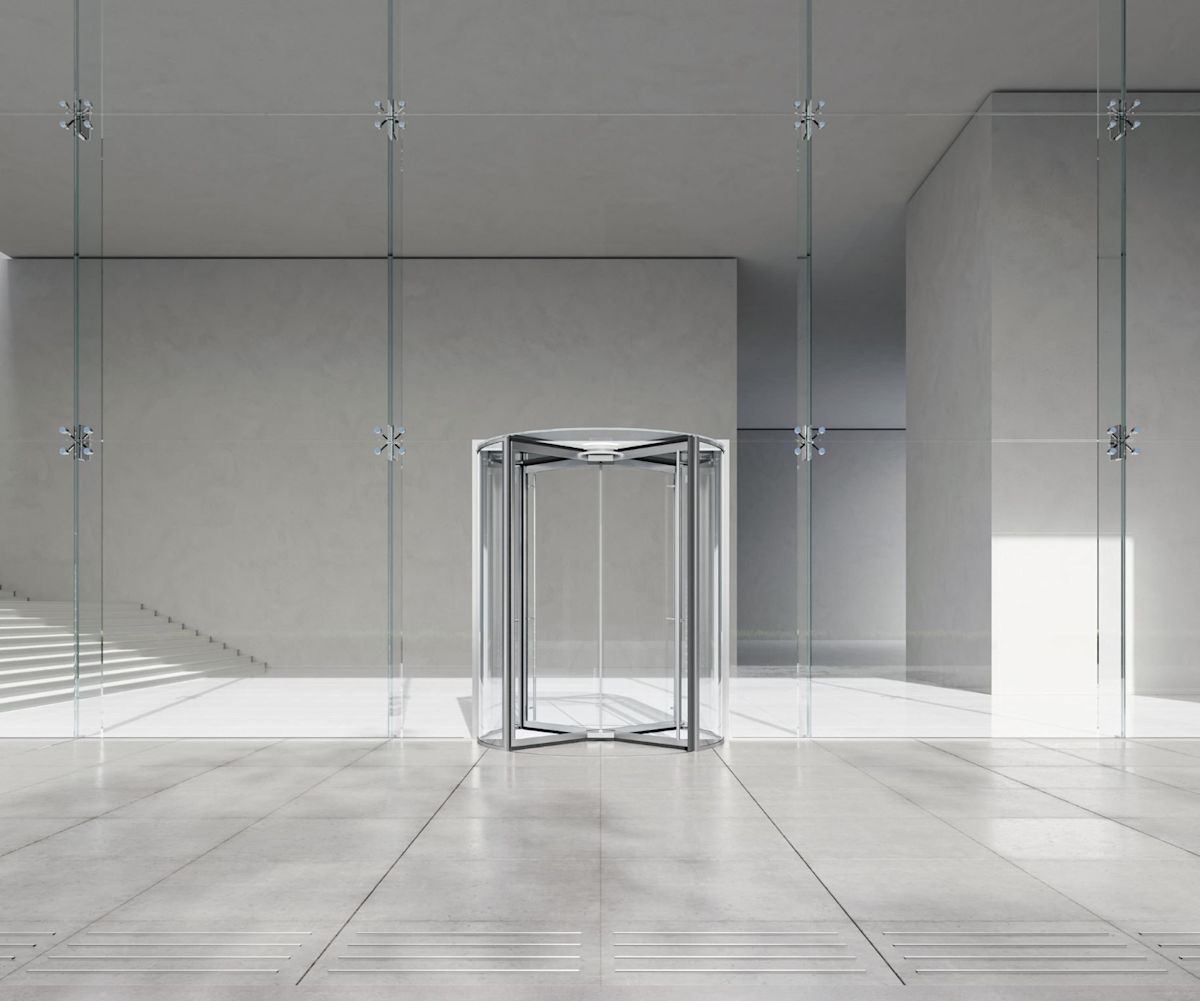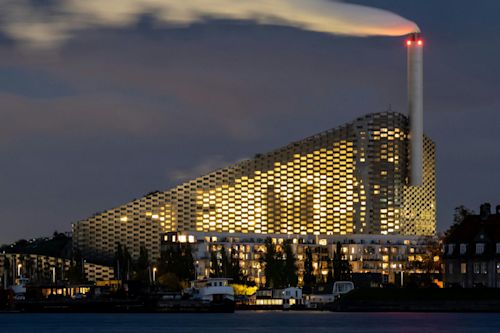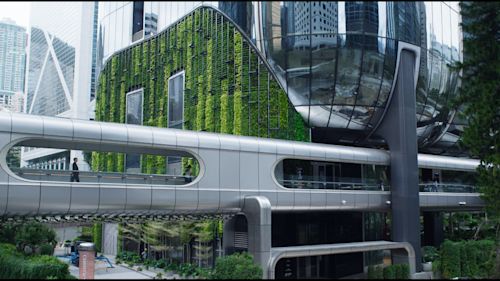
Revolving doors improve a building’s energy efficiency by maintaining the interior temperature at a desired and defined optimal level. By reducing air exchange between the inside and outside of the infrastructure, energy savings are efficient. These measures allow companies to reduce their energy costs, but also to align with CSR (Corporate Social Responsibility) issues.
How a revolving door works
Located at building entrances,revolving doorsare made up of several elements, including a central vertical axis around which three or even four door panels are installed. They form individual compartments inside the circular structure. The revolving door is installed in a cylindrical-shaped space. Transparent materials are most often used, such as glass.
When a person pushes one of the panels, it rotates around the central axis. A continuous cycle of compartments follows one another. The system operates on the principle of balanced forces. Depending on the model, the rotation may be assisted or even automatic. For greater safety, sensors detect the presence of users and adjust the speed of the device accordingly.
These access systems are generally installed in public buildings (ERP) such as offices, shopping centers, hotels, or administrative structures of the public service.
What are the challenges of energy efficiency?
The mainchallenges of energy efficiencyare environmental and economic in nature. It is now proven that energy savings made by companies help reduce the impact of human activities on local biodiversity, as well as on a global scale.
The energy efficiency of a building can be optimized from its construction or during its renovation. It is based on several principles: orientation of installations, thermal insulation, airtightness, renewable energies, rainwater recycling, etc. More and more infrastructures are being built or converted intosmart buildingsto reduce energy consumption. This can involve the implementation of access systems characterized by high-performance insulation.
Improving a building’s energy efficiency at access points
Revolving doors play a real role in achievingenergy efficiencyin buildings. Several points can be developed to demonstrate this positive impact. First, they are designed to minimize thermal losses between the external environment and the interior of the structure. Depending on the model, the installation can be perfectly airtight, thus reducing drafts, infiltration of hot or cold air, etc. A comfortable temperature for users is maintained inside the building.
Regulating building ventilation
The system also allows for regulation of the building’s ventilation. Drafts are kept outside. The air quality inside is maintained at a high level, provided, of course, that the internal installations of the structure are well maintained. Another important element to consider: the reduction of air leaks. These doors help limit air leaks when users move through them.
It is possible to use low-emissivity glass when installing the doors. These are glass panels with low emissivity that help improve the building’s thermal insulation. They reduce the transfer of heat or cold through the doors.
The temperature of the building’s lobby is kept stable. The heating and cooling systems do not need to operate at full capacity to keep this area at a comfortable temperature.
Besides acting as an airlock, the revolving door also manages user traffic flow. The device allows several people to pass through simultaneously. Furthermore, it is an installation that reduces noise from the external environment.
The amount of noise pollution that reaches the inside of the building is thus reduced. This solution also provides protection against bad weather. Finally, the device is a way to accommodate people with reduced mobility.
Revolving doors are an excellent way to manage user traffic and limit the building’s energy expenses. These solutions also provide real aesthetic value to the infrastructure. Depending on the product, it is an element that enhances the prestige of the building. It is an excellent solution for companies wishing to adopt a CSR (Corporate Social Responsibility) approach.



